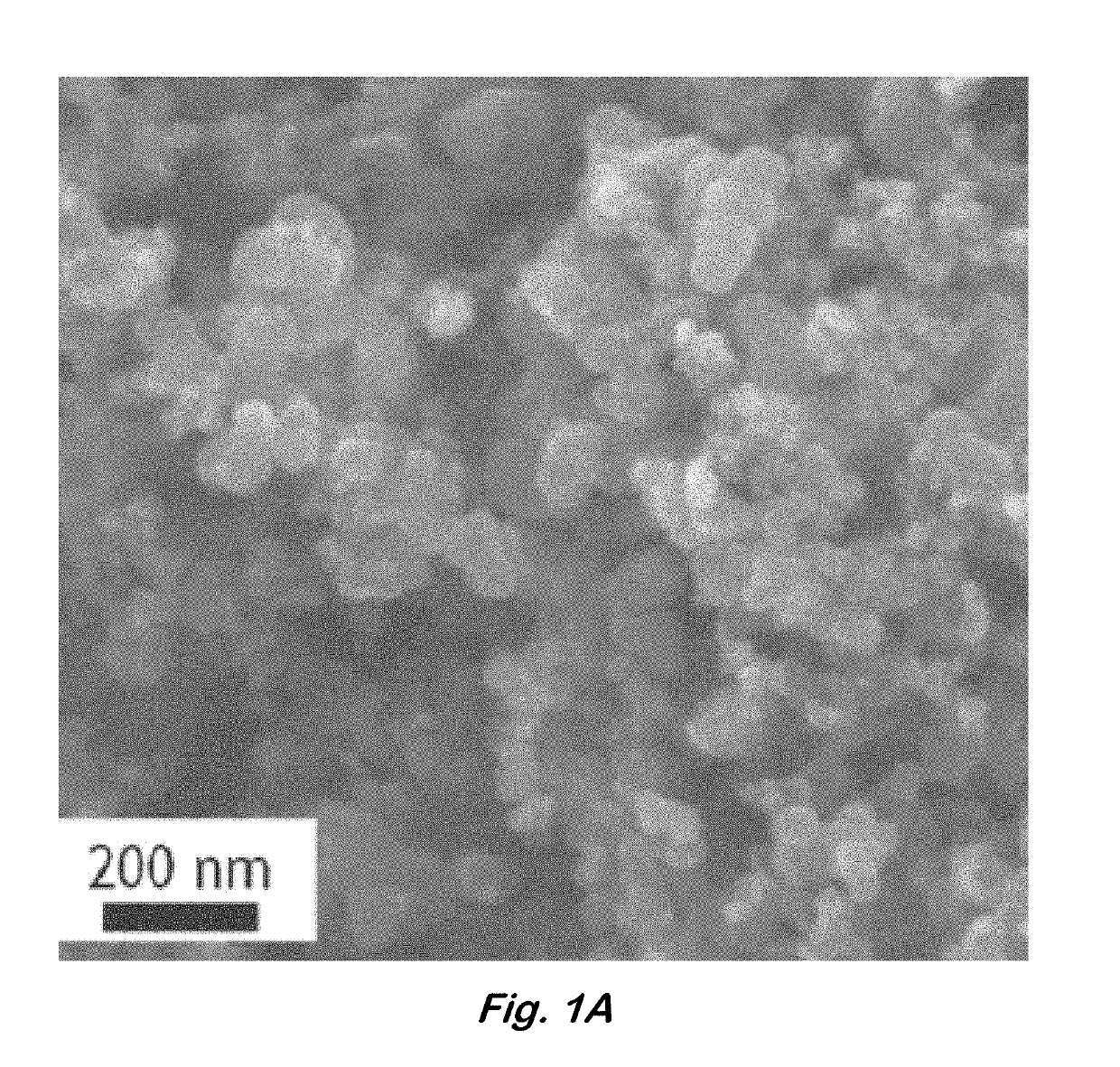Rechargeable Zinc/Air Batteries
a rechargeable, zinc-air technology, applied in the field of zinc-air batteries, can solve the problems of broader application of li-ion-based energy storage limited by safety concerns, manufacturing costs, and inability to meet the requirements of li-ion-based energy storage, and achieve the effects of reducing the cost of manufacturing
- Summary
- Abstract
- Description
- Claims
- Application Information
AI Technical Summary
Benefits of technology
Problems solved by technology
Method used
Image
Examples
Embodiment Construction
[0014]In the following description, for purposes of explanation and not limitation, specific details are set forth in order to provide a thorough understanding of the present disclosure. However, it will be apparent to one skilled in the art that the present subject matter may be practiced in other embodiments that depart from these specific details. In other instances, detailed descriptions of well-known methods and devices are omitted so as to not obscure the present disclosure with unnecessary detail.
[0015]It is demonstrated that synthesizing Ni0.33Fe0.67Ox (NiFe2Ox), for example, as a nanocrystalline aerogel (a nanostructured pore-solid architecture) substantively improves electrocatalytic performance at typical rates used in a Zn-air battery, approaching OER activity comparable to Ni-rich ferrites (Chervin, et al., Aerogel architectures boost oxygen-evolution performance of NiFe2Ox spinels to activities commensurate with nickel-rich oxides. ChemElectroChem 2016, 3, 369-1375). V...
PUM
 Login to View More
Login to View More Abstract
Description
Claims
Application Information
 Login to View More
Login to View More - R&D
- Intellectual Property
- Life Sciences
- Materials
- Tech Scout
- Unparalleled Data Quality
- Higher Quality Content
- 60% Fewer Hallucinations
Browse by: Latest US Patents, China's latest patents, Technical Efficacy Thesaurus, Application Domain, Technology Topic, Popular Technical Reports.
© 2025 PatSnap. All rights reserved.Legal|Privacy policy|Modern Slavery Act Transparency Statement|Sitemap|About US| Contact US: help@patsnap.com



